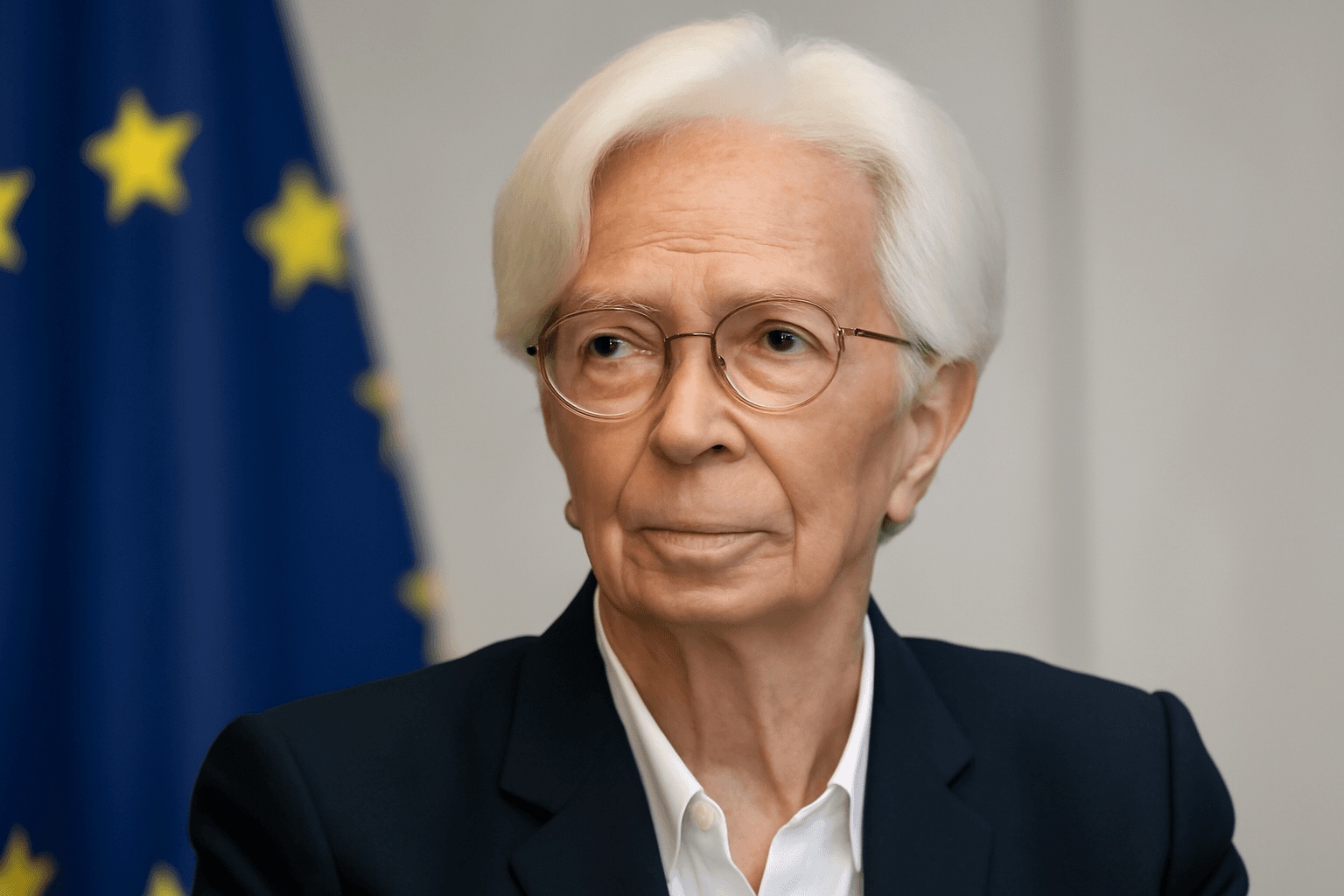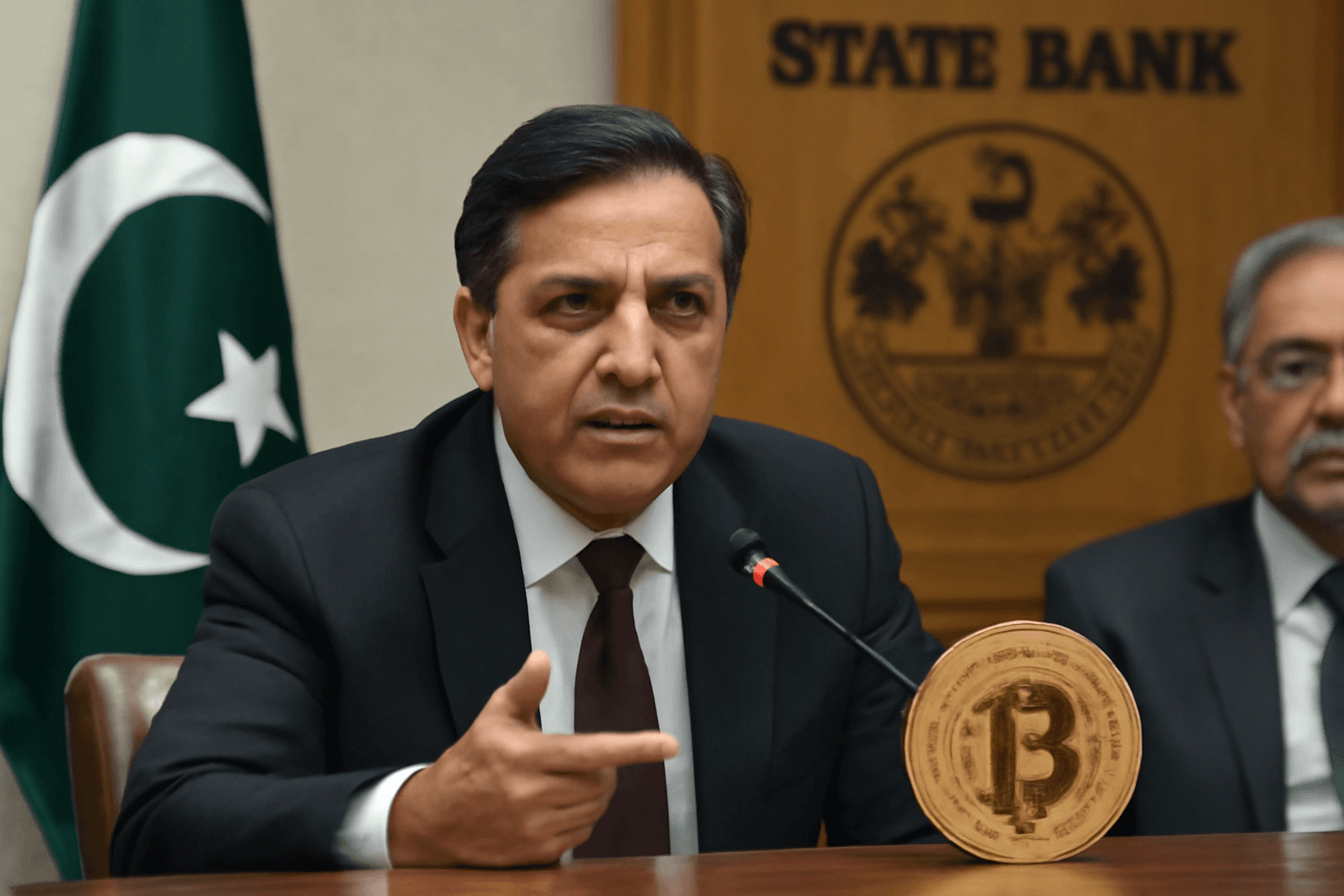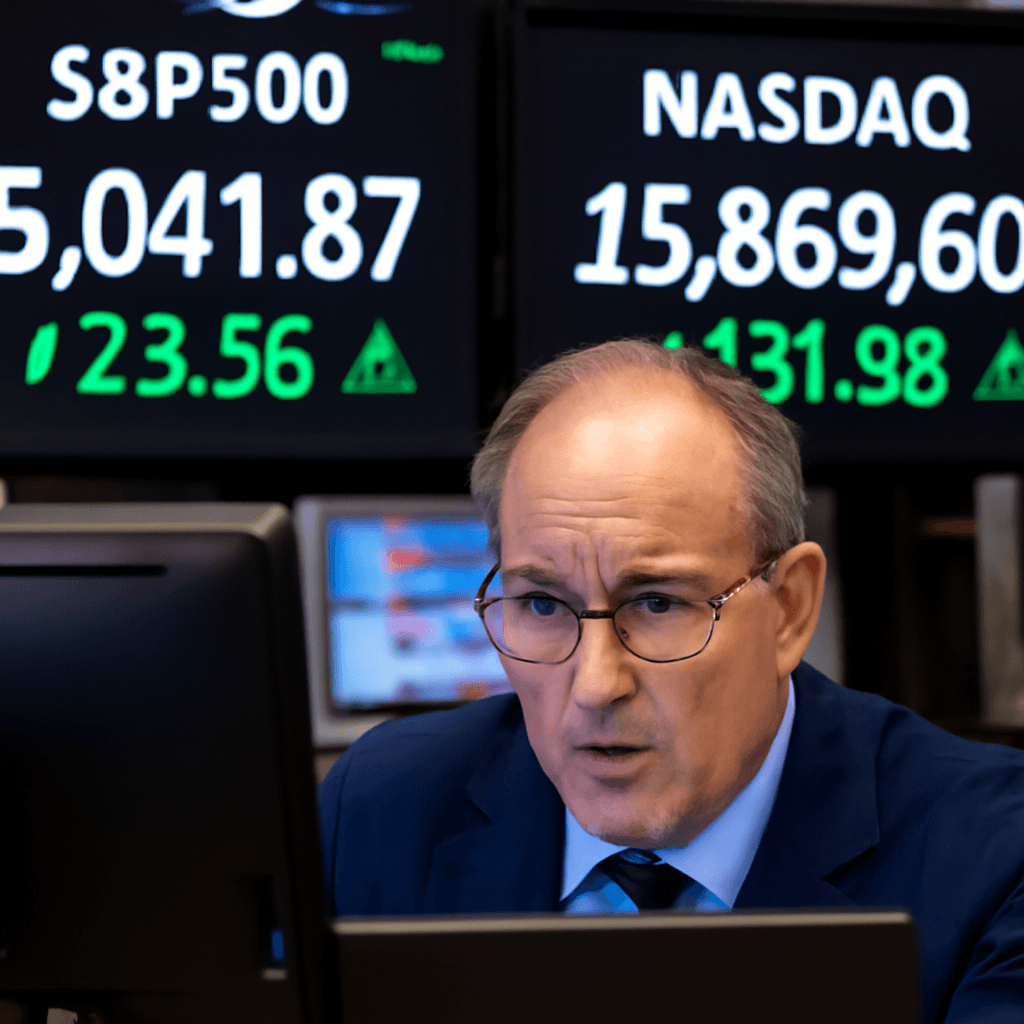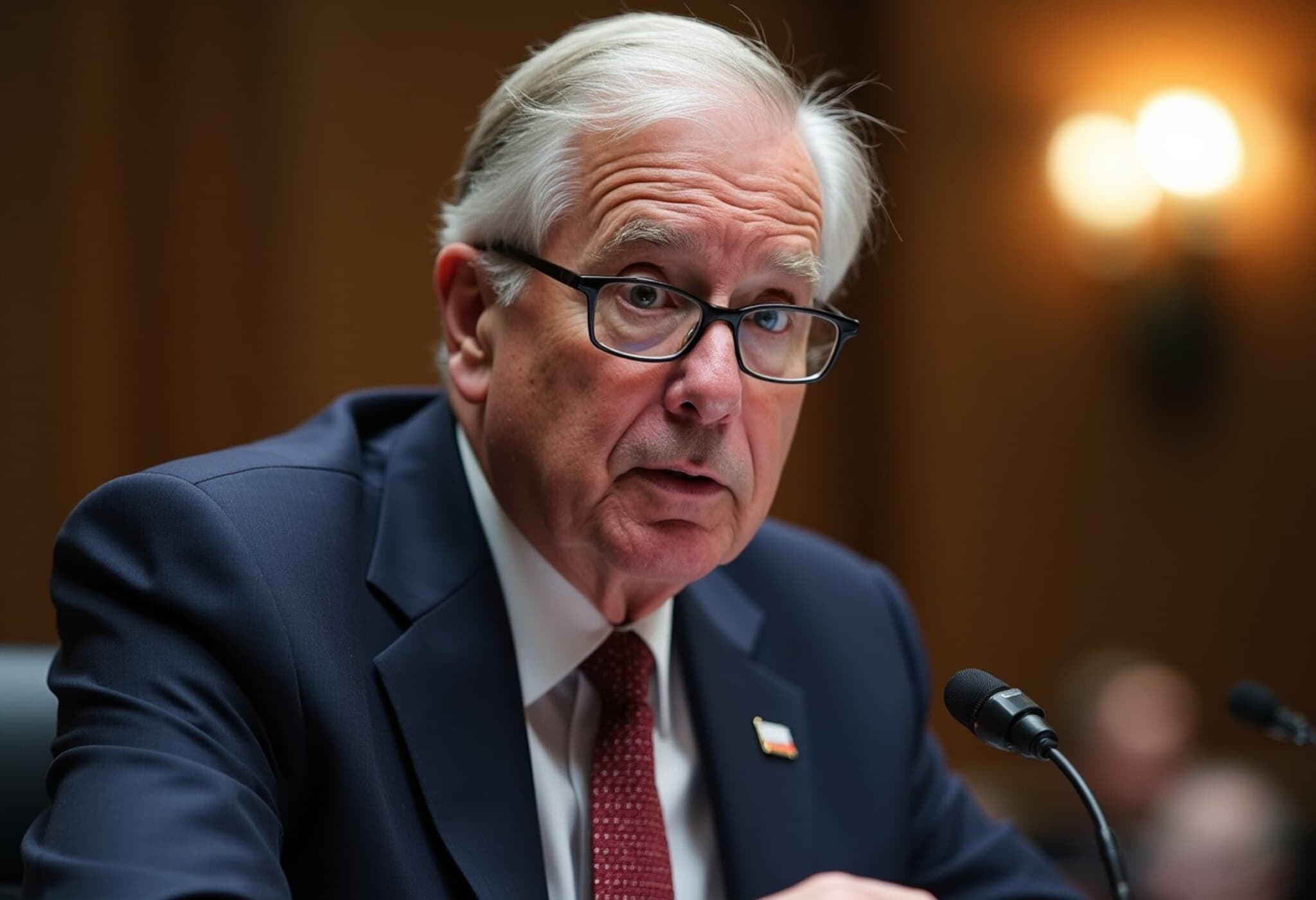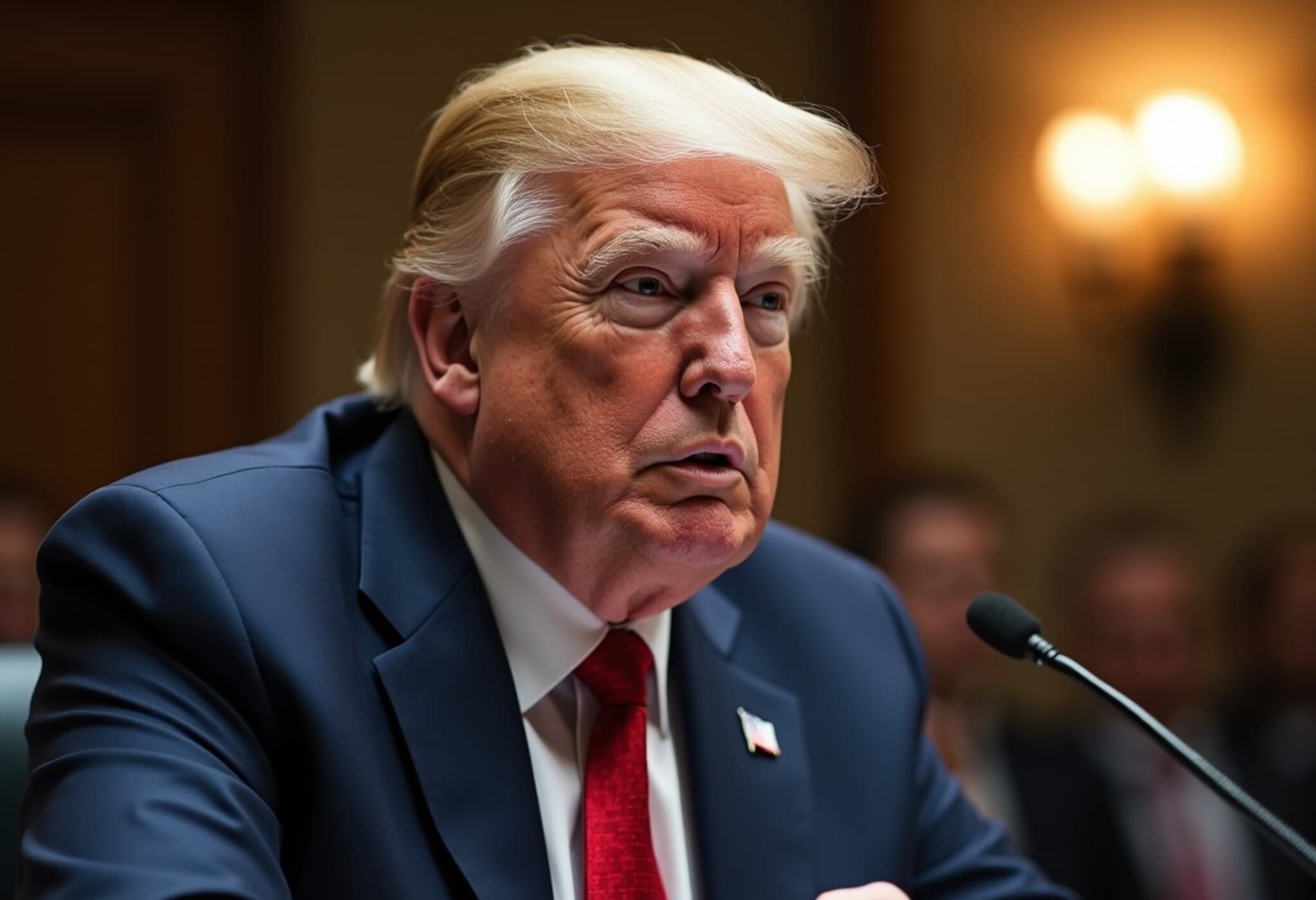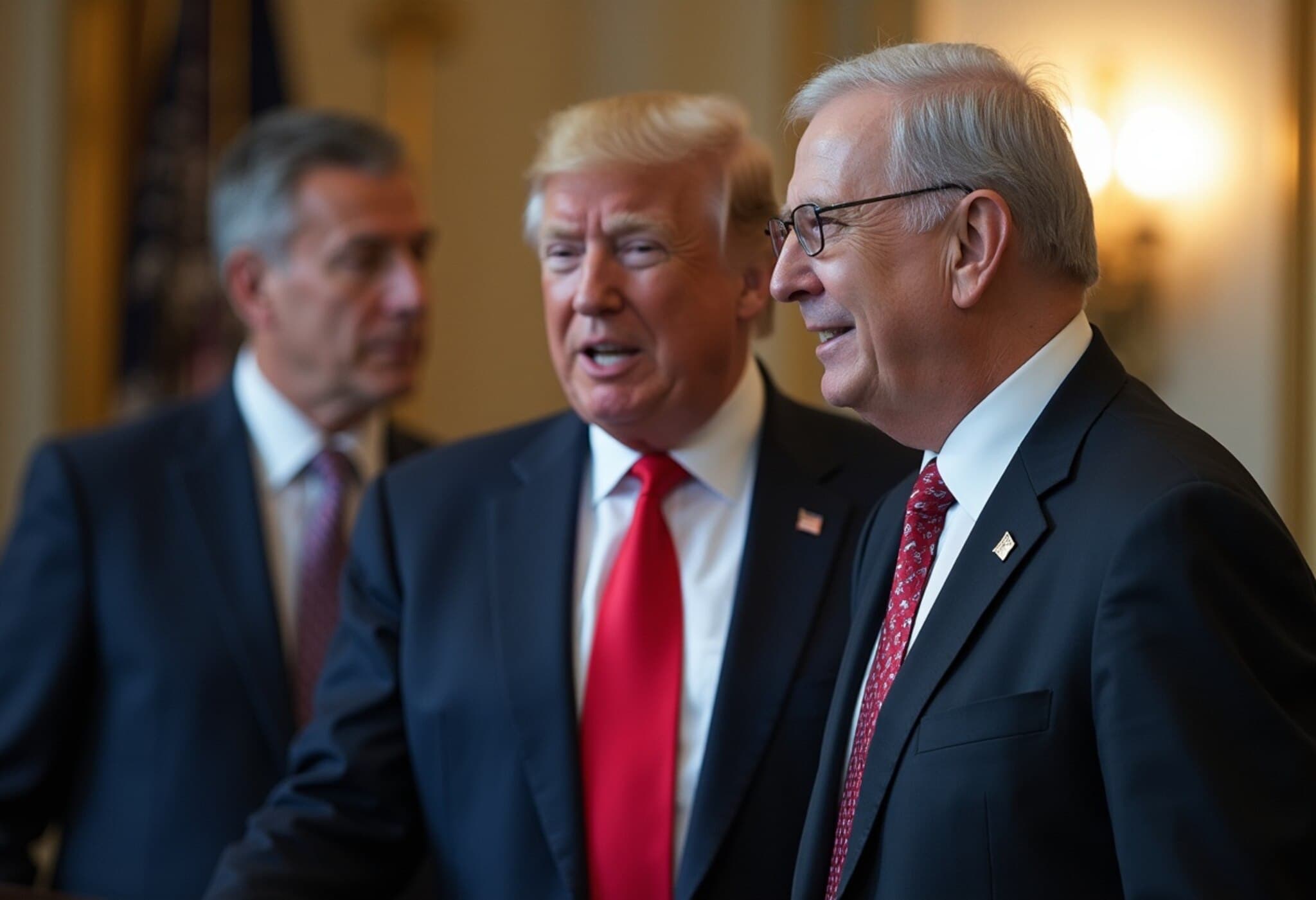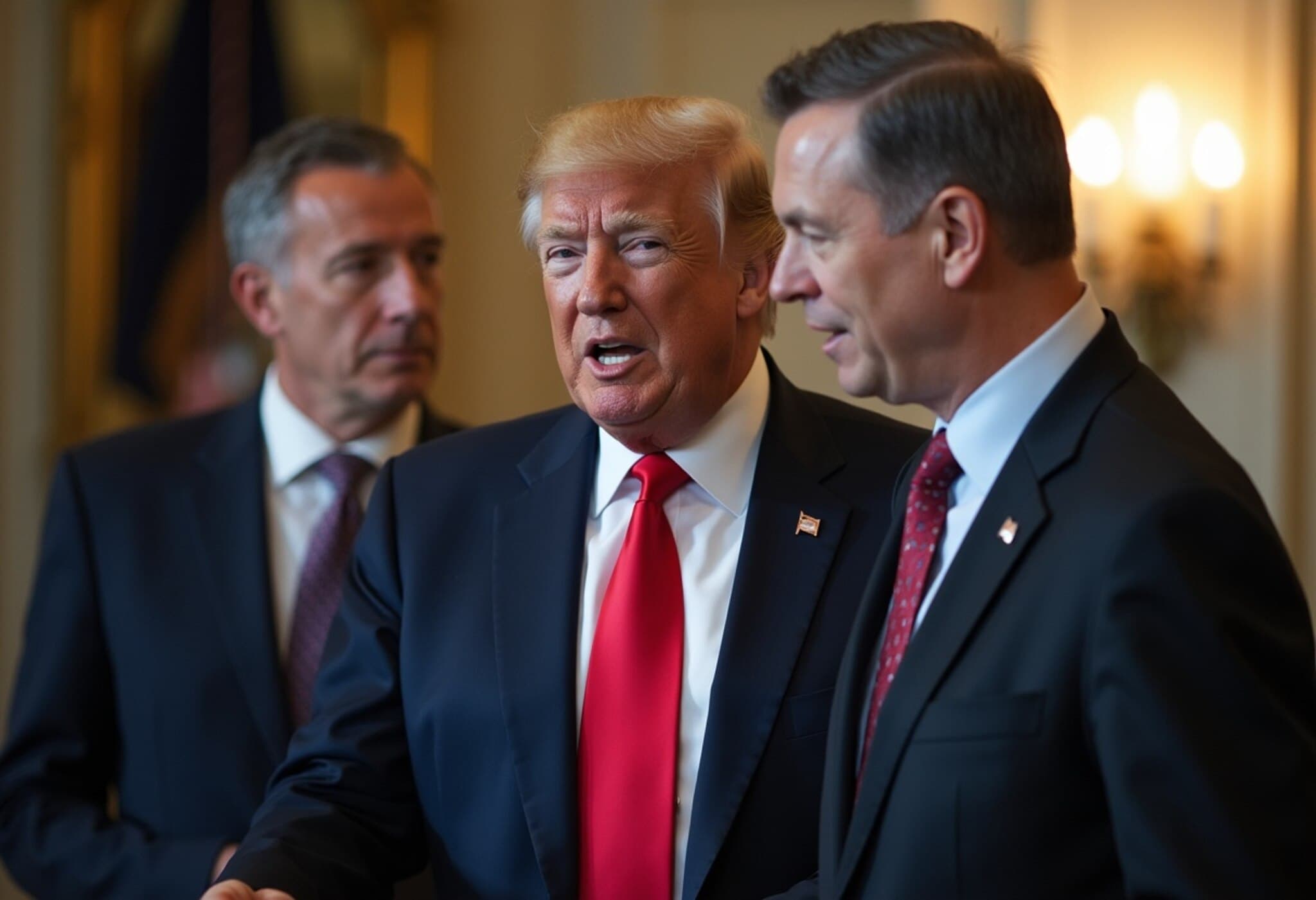UK Inflation Stays Firm at 3.4% in May
The United Kingdom’s annual inflation rate held steady at 3.4% in May, matching economists’ expectations, according to the latest figures from the Office for National Statistics (ONS). This follows a downward revision of April’s inflation data from 3.5% to 3.4%, after correcting vehicle tax statistics.
Core Inflation Shows Slight Softening
Core inflation, which strips out the more volatile sectors such as energy, food, alcohol, and tobacco, eased to 3.5% year-over-year in May, down from 3.8% in April. The ONS highlighted that falling prices in transport—particularly airfares and motor fuel—helped offset rises in food, furniture, and household goods.
“A variety of counteracting price movements meant inflation was little changed in May,” said Richard Heys, acting chief economist at the ONS, pointing out that the timing of Easter and school holidays softened fare prices compared to last year.
Government Response and Monetary Outlook
In response to the data, Finance Minister Rachel Reeves emphasized that the Treasury has made the necessary decisions to stabilize public finances and control inflation, while acknowledging that further efforts are still needed.
The inflation figures arrive just ahead of the Bank of England’s upcoming monetary policy meeting, where the central bank is widely anticipated to keep interest rates on hold at 4.25%. Experts expect a rate cut of 25 basis points to follow in August, as inflation pressures persist amid sluggish economic growth.
Ruth Gregory, deputy chief UK economist at Capital Economics, noted, “The slight dip in CPI from 3.5% in April to 3.4% in May is unlikely to change the Bank of England’s scheduled quarterly rate reduction. Services inflation remains elevated at 4.7%, supporting a cautious approach.”
Inflation Forecasts Amid Global Uncertainties
Earlier projections from the Bank of England suggested inflation would climb to 3.7% in the third quarter before moderating next year. However, escalating tensions in the Middle East risk pushing energy prices—and thus inflation—even higher.
Rob Wood, chief UK economist at Pantheon Macroeconomics, expects inflation to hover around current levels, averaging 3.4% for the year and peaking near 3.6% in September. Yet, he warns that sustained increases in oil and natural gas prices due to geopolitical volatility could elevate the peak to as high as 3.8%.
Oil prices surged more than 4% following aggressive rhetoric from the US President demanding an "unconditional surrender" from Iran's supreme leader, further fueling uncertainty in energy markets.
Looking Ahead
The Bank of England faces a delicate balancing act: maintaining price stability while supporting a fragile economy. As inflation remains sticky, policymakers will scrutinize upcoming data closely to navigate these challenges amid an unpredictable global landscape.


